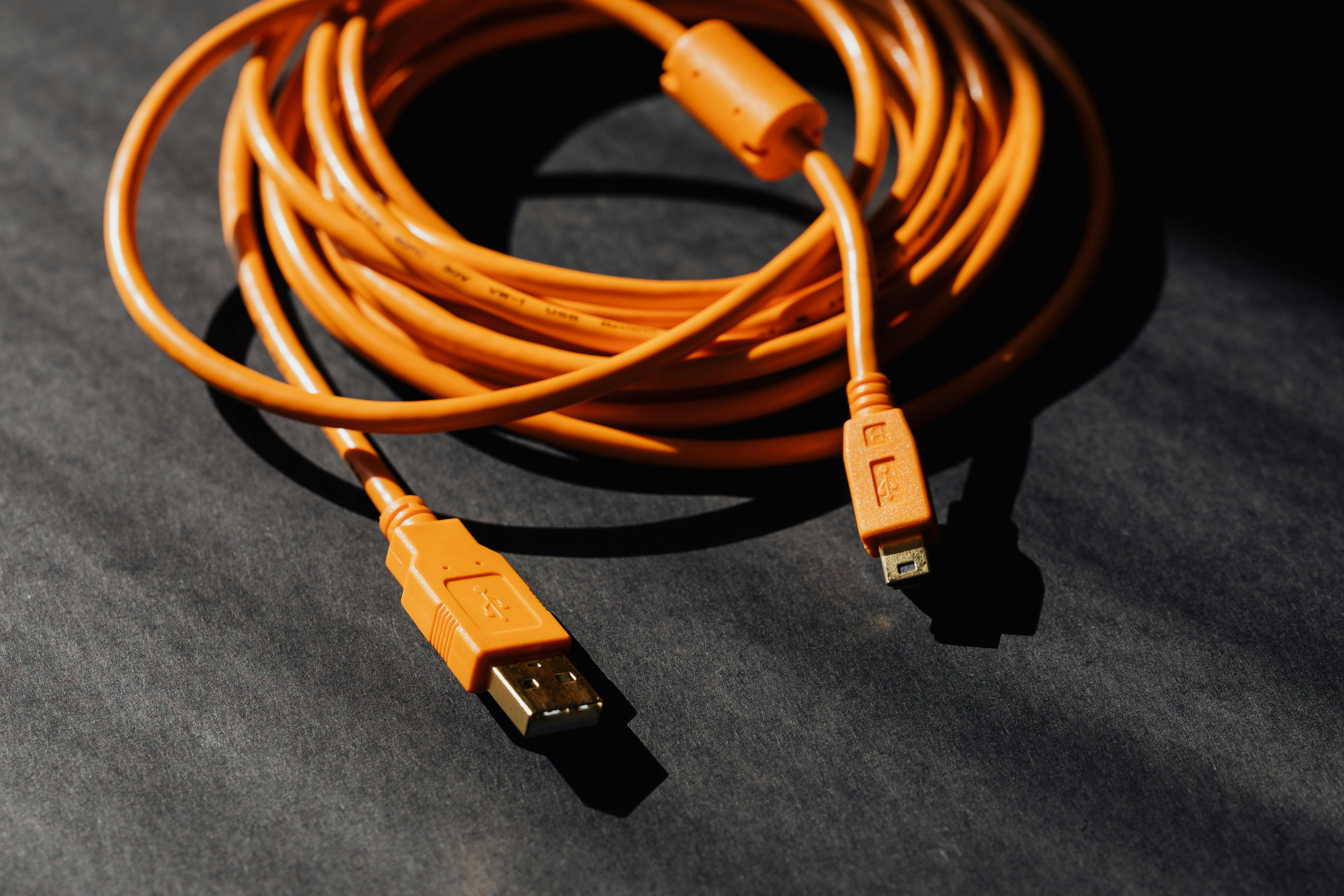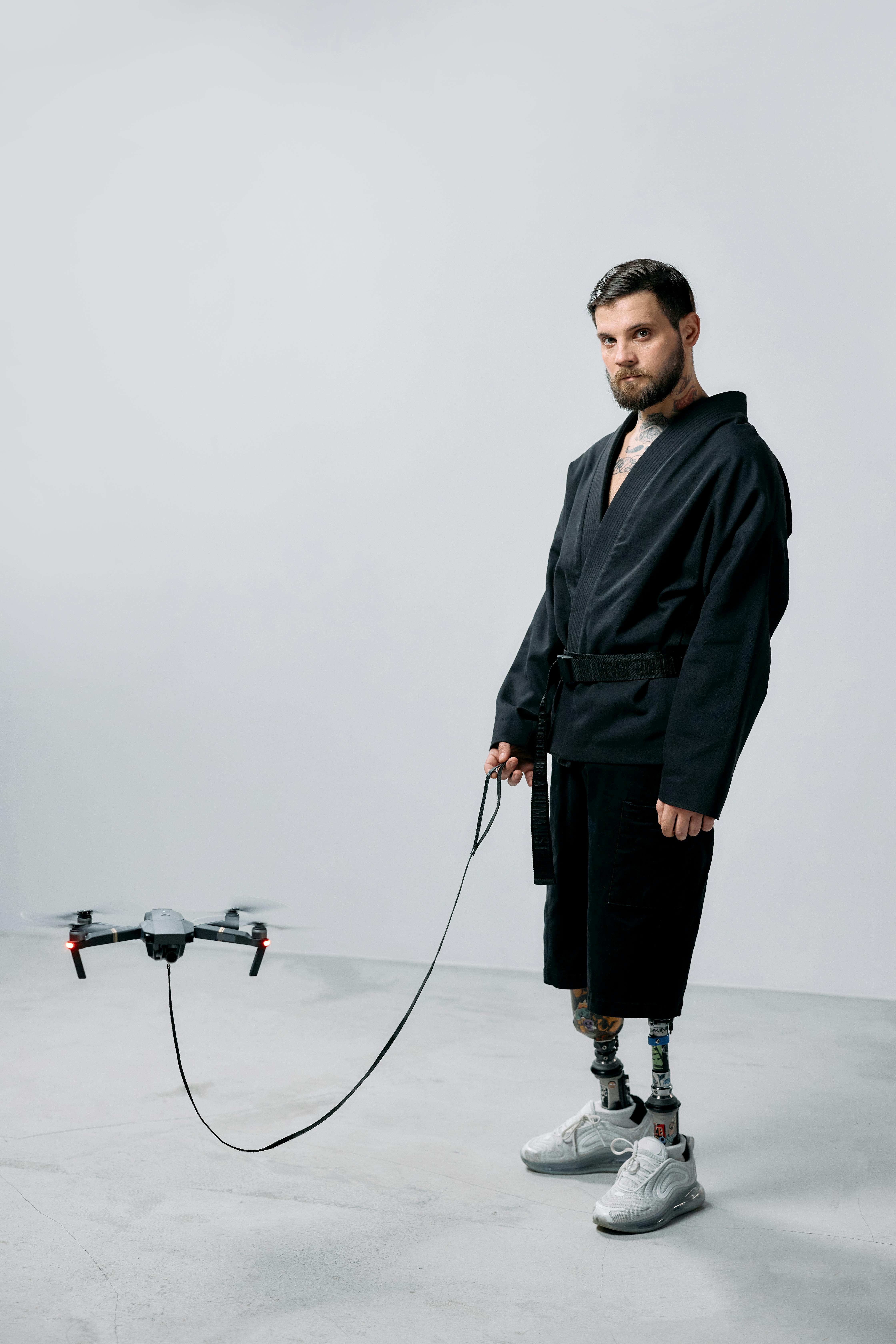Have you ever wondered how long the batteries last in RC helicopters and quadcopters? Whether you’re a seasoned enthusiast or just getting started in the world of remote-controlled aircraft, battery life is an important factor to consider. In this article, we will explore the average battery lifespan for these flying gadgets and provide you with some tips on how to maximize their usage. So grab your controller and let’s take flight into the world of RC helicopters and quadcopters!

Factors Affecting Battery Life
Battery life is a crucial aspect to consider when it comes to operating RC helicopters and quadcopters. Several factors influence the battery life of these devices, including battery capacity, battery type, flying conditions, and the use of accessories. Understanding these factors will help you optimize your flight time and enhance your overall flying experience.
Battery Capacity
The battery capacity is an essential consideration for determining the flight time of your RC helicopter or quadcopter. It is usually measured in milliamp-hours (mAh) and indicates the amount of energy the battery can store. The higher the mAh rating, the longer your device can stay in the air. It is important to choose a battery with a sufficient capacity to meet your flying requirements.

Battery Type
The type of battery used also plays a significant role in determining the flight time of your RC aircraft. There are two primary types of batteries commonly used in these devices: Lithium Polymer (LiPo) batteries and Nickel Metal Hydride (NiMH) batteries.
LiPo batteries are lightweight, have high energy density, and are capable of delivering high discharge rates. These batteries are commonly used in RC helicopters and quadcopters as they offer increased flight time and better performance.
On the other hand, NiMH batteries are known for their lower energy density and discharge rates. While they may be a more affordable option, they generally have shorter flight times and may not provide the same level of performance as LiPo batteries.
Ultimately, the battery type you choose will have a significant impact on the flight time and overall performance of your RC aircraft.
Flying Conditions
The flying conditions, whether indoors or outdoors, can affect the flight time of your RC helicopter or quadcopter. Each environment presents unique challenges and factors that can influence battery consumption and flight time.
Indoor flying tends to consume less battery power compared to outdoor flying. This is primarily due to the absence of external factors such as wind resistance or elevation changes that may require increased power to maintain stability. In indoor settings, you can expect to have longer flight times as the device does not have to work as hard to stay in the air.
Outdoor flying, on the other hand, poses additional challenges that can impact battery life. Factors such as wind speed, temperature changes, and increased maneuvering requirements can reduce flight time. It is important to consider these conditions when planning your flights and managing your battery consumption.

Use of Accessories
The use of accessories, such as cameras and gimbal systems, can also significantly impact the flight time of your RC aircraft. These additional components consume additional power and put an extra strain on the battery. It is important to consider the power requirements of these accessories and their effect on flight time before attaching them to your device.
Cameras and gimbals are popular accessories used to capture aerial footage. While they enhance your flying experience, they also reduce flight time due to the additional power consumption. It is advisable to use these accessories sparingly or invest in higher capacity batteries to compensate for the increased power requirements.
Similarly, LED lights are an attractive addition to your RC aircraft, especially for night flying or visual effects. However, it is important to note that these lights consume additional power and can significantly reduce flight time. Consider using LED lights only when necessary and ensure they are energy-efficient to minimize the impact on battery life.
Flight Time vs. Battery Life
Flight time and battery life are often used interchangeably, but they have different definitions and considerations. Understanding these concepts will help you manage your expectations and optimize your overall flying experience.
Flight time refers to the duration your RC aircraft can stay in the air before the battery is depleted. This is the actual amount of time you can fly your device before needing to recharge or replace the battery. It is influenced by various factors, including battery capacity, battery type, flying conditions, and the use of accessories.
Battery life expectancy, on the other hand, refers to the overall lifespan of your battery. It is the total number of flight cycles your battery can endure before its performance starts to degrade significantly. This is an essential consideration when investing in batteries as it affects the long-term cost and maintenance of your RC aircraft.
Battery cycle life is an important concept related to battery life expectancy. It refers to the number of charging and discharging cycles a battery can endure before its capacity starts to diminish. It is crucial to understand the recommended charging and discharging procedures provided by the manufacturer to maximize the cycle life of your battery.
Flight Time Definitions
To further understand flight time, it is helpful to differentiate between hovering time and aggressive flying time.
Hovering time refers to the duration your RC aircraft can remain stationary in the air, maintaining a steady hover without performing any aggressive maneuvers. This is usually the maximum flight time advertised by manufacturers and represents the most ideal and efficient flight condition.
Aggressive flying time, on the other hand, refers to the duration your RC aircraft can fly while performing maneuvers such as fast acceleration, high-speed flights, or aerobatics. Aggressive flying consumes more power and can significantly reduce flight time compared to hovering.
It is important to consider these distinctions when planning your flights and managing your battery consumption. Understanding the flight time definitions will help you set realistic expectations and make informed decisions.
Battery Life Expectancy
To estimate the life expectancy of your RC aircraft battery, you should consider various factors such as manufacturer specifications, real-world observations, and battery maintenance practices.
Manufacturer specifications provide valuable insights into the expected lifespan of your battery. These specifications often include information about the number of charging cycles the battery can endure before its performance starts to degrade significantly. It is crucial to follow the manufacturer’s recommendations to ensure you maximize the life expectancy of your battery.
Real-world observations from experienced RC pilots can also provide valuable information about battery life expectancy. It is helpful to engage with the RC community, read online forums, and seek advice from experienced pilots to understand the typical lifespan of different battery models under various conditions.
Battery maintenance plays a vital role in extending the life expectancy of your battery. Regularly inspecting the battery for signs of damage or swelling, proper storage, and following recommended charging and discharging procedures can significantly prolong the battery’s lifespan. Adhering to these practices will help you get the most out of your RC aircraft battery.
Battery Cycle Life
The battery cycle life refers to the number of charging and discharging cycles a battery can endure before its capacity starts to diminish significantly. This is an important consideration as it directly impacts the long-term performance and cost of maintaining your RC aircraft.
Proper charging and discharging cycles are crucial to maximizing your battery’s cycle life. It is recommended to follow the manufacturer’s guidelines and use a dedicated battery charger specifically designed for the type of battery you are using. Avoid overcharging or over-discharging, as these practices can lead to reduced cycle life and degrade the performance of your battery over time.
Tips to Extend Battery Life
To optimize your battery life and enhance your flying experience, here are some essential tips to consider:
Proper Storage: Store your batteries in a cool, dry place away from direct sunlight and heat sources. This helps prevent overheating and degradation of the battery’s performance.
Balanced Charging: Use a balanced charger to ensure each cell of your battery is charged evenly. Balancing the cells helps maximize battery performance and prolongs its overall lifespan.
Avoid Over-Discharging: Do not drain your battery completely during flights. Aim to land your RC aircraft when the battery level reaches 20-30% to prevent over-discharging, which can negatively impact the battery’s cycle life.
Avoid Overcharging: Do not leave your battery plugged into the charger for an extended period. Once the battery is fully charged, unplug it immediately to avoid overcharging, which can reduce the overall lifespan of the battery.
Optimized Flying Conditions: Choose suitable flying conditions that minimize power consumption, such as calm weather with low wind resistance. Avoid aggressive maneuvers that can drain the battery quickly and shorten flight time.
By following these tips, you can extend the battery life of your RC aircraft, maximize flight time, and enhance your overall flying experience.
In conclusion, understanding the factors affecting battery life is crucial for optimizing the flight time of your RC helicopter or quadcopter. Factors such as battery capacity, battery type, flying conditions, and the use of accessories play significant roles in determining the flight time and overall performance of your RC aircraft. By considering these factors, managing battery life expectancy, and adhering to proper battery maintenance practices, you can make the most of your flying sessions and enjoy prolonged flight times with your RC aircraft.


